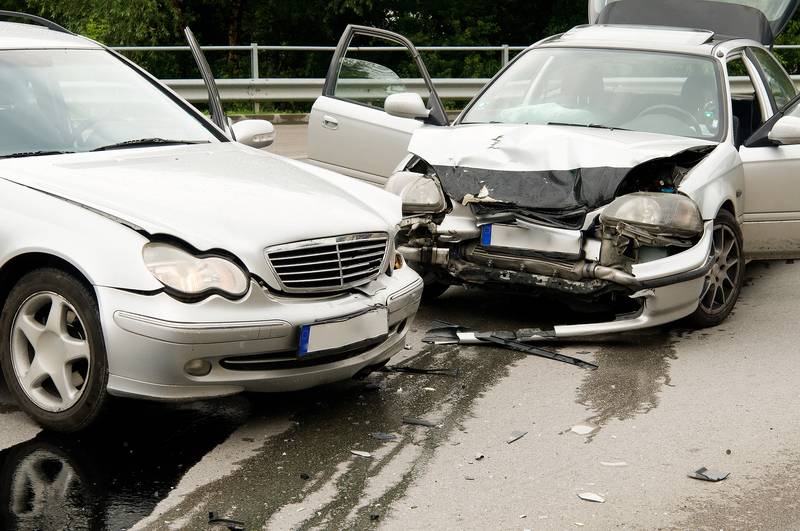Introduction
The intersection of technology and car accident cases is a dynamic and evolving field that influences how accidents are investigated, litigated, and resolved. As cars grow increasingly sophisticated with advanced technologies such as automatic braking, lane-keeping assistance, and collision avoidance systems, the implications for accident law are profound. Understanding how technology affects car accident cases can help attorneys navigate complex legal landscapes, providing their clients with the best possible outcomes.
This article explores the various ways technology intersects with car accident law, how accident law firms can leverage these advancements, and the implications for accident attorneys and their clients.
Impact of Technology on Vehicle Safety
With the rise of innovative automotive technologies, vehicle safety has significantly improved. Features like adaptive cruise control, blind-spot detection, and advanced airbag systems have contributed to reducing the number of accidents on our roads.
However, these advancements also introduce new complexities in car accident cases. For instance, when a collision occurs, the malfunction of a technology feature may come into question.
Understanding Autonomous Vehicles
Autonomous vehicles (AVs) are at the forefront of automotive technology. These vehicles utilize sensors, cameras, and machine learning algorithms to navigate independently.
While AVs promise to reduce car accidents, they also raise questions regarding liability. If an autonomous vehicle is involved in a collision, determining fault may become complicated. Is the manufacturer liable for a software malfunction, or is the vehicle owner at fault for not exercising manual control?
In-Vehicle Data and Black Box Technology
Recent advancements in telemetry have led to the development of data recorders in vehicles, often referred to as "black boxes." These devices capture crucial information about the vehicle's speed, braking patterns, and more.
When a car accident occurs, data retrieved from these devices can provide valuable evidence during litigation. For example, if a driver was exceeding the speed limit or failed to brake before impact, this data could be used to establish liability.
The Role of Accident Law Firms
Accident law firms are uniquely positioned to adapt to the integration of technology in car accident cases. By leveraging technology, these firms can enhance their investigative processes, streamline communication with clients, and ultimately improve case outcomes.
Utilizing Technology in Investigations
Technology can significantly augment the investigative process following a car accident. Attorneys can use modern software to analyze data from various sources, such as accident reconstruction programs and traffic management systems.
For instance, using GIS (Geographic Information Systems) can help in mapping out accident scenes, analyzing traffic patterns, and gathering evidence that might not be immediately apparent.
Improving Communication and Client Management
Many accident law firms have adopted practice management software to enhance communication with clients. These platforms allow for secure document sharing, real-time case updates, and easy communication between attorneys and clients.
This increased efficiency not only improves client satisfaction but also allows attorneys to dedicate more time to building strong cases.
Challenges for Accident Attorneys
Despite the benefits technology brings to car accident cases, it Helpful resources also presents several challenges that accident attorneys must navigate.
Understanding Complex Technologies
As vehicles become more sophisticated, the technologies involved can be challenging to understand and argue in court. Attorneys must familiarize themselves not just with the legal aspects of their cases but also with the technical components that may play a role in determining fault and liability.
For instance, understanding the mechanics of an engine failure or the function of an autonomous vehicle's software can be crucial for building a compelling case.
Dealing with Evidence Admissibility
Not all technology-generated data is automatically admissible in court. Accident attorneys must be aware of the rules governing digital evidence to ensure that the information they present meets legal standards. For example, data from a vehicle’s black box may need to be interpreted and presented by an expert witness to be admissible.
Case Studies: Technology in Action
Examining real-life case studies can shed light on the intersection of technology and car accident law. Here are three notable cases that illustrate these dynamics.
Case Study 1: A Self-Driving Car Accident
In a high-profile accident involving a self-driving car, the vehicle was involved in a collision with another car while operating in autonomous mode. Investigators analyzed data from the car’s sensors and found that a software glitch had caused the vehicle to accelerate unexpectedly.
This information led to a lawsuit against the manufacturer, holding them liable for the software malfunction, emphasizing the importance of technology in determining legal liability.
Case Study 2: Fleet Vehicle Telemetry
A company’s delivery truck was involved in an accident, and the driver claimed that a customer’s reckless behavior caused the collision. However, data retrieved from the vehicle’s black box indicated that the driver had been traveling over the speed limit prior to the accident.
The telemetry data played a crucial role in the case, demonstrating how technology can influence outcomes in personal injury claims.

Case Study 3: Traffic Camera Footage
In another case, traffic cameras captured the events leading up to an accident at a busy intersection. The footage contradicted a driver's account of the incident, showcasing the importance of video technology in disputes over fault in car accident cases.
This evidence bolstered the argument against the at-fault driver and ultimately helped secure a favorable settlement for the injured party.
Conclusion
The intersection of technology and car accident cases underscores the complexity and rapid evolution of the automotive landscape. With advancements such as autonomous vehicles and data collection devices, both opportunities and challenges emerge for accident law firms and attorneys.
By leveraging technology, attorneys can strengthen their cases, enhance client interactions, and navigate the complexities of modern vehicle operations. As the landscape evolves, so too must the strategies employed by legal professionals who seek to advocate for their clients in the aftermath of car accidents.
The future of car accident law will undoubtedly be shaped by ongoing technological advancements, making it essential for accident attorneys to remain informed and adaptable in the face of such changes.